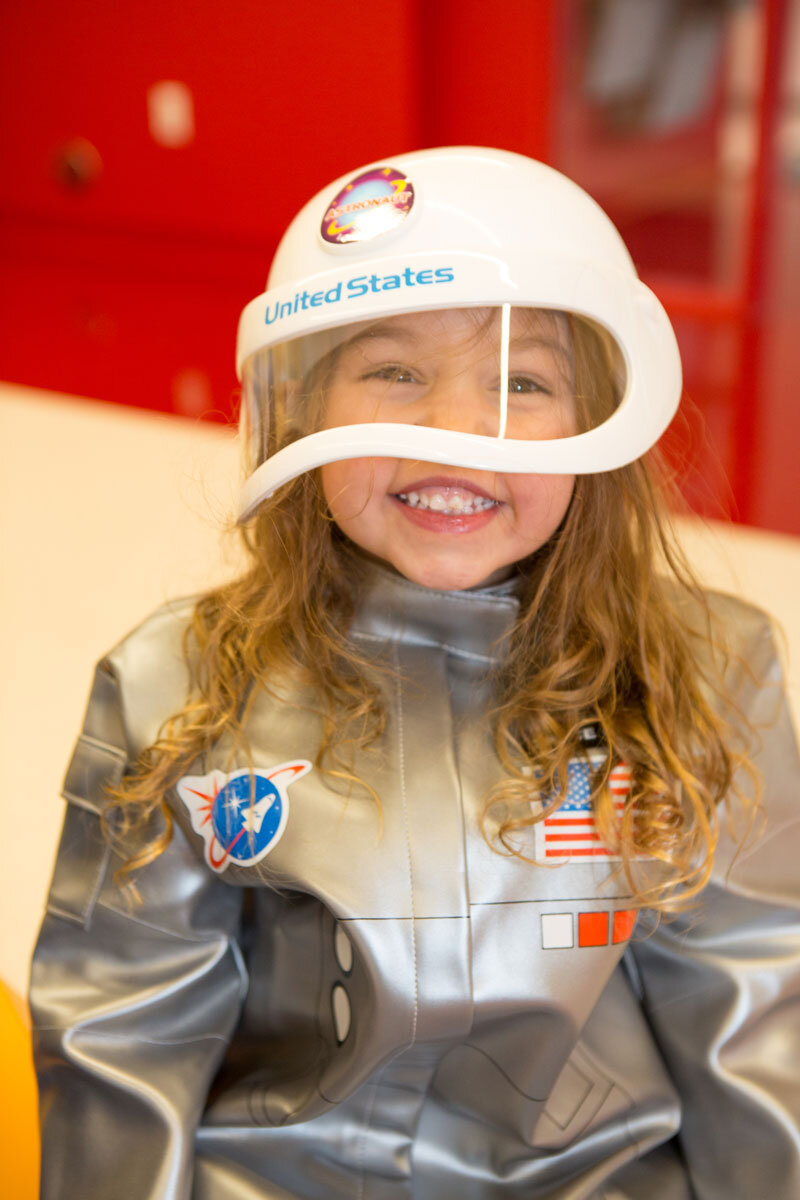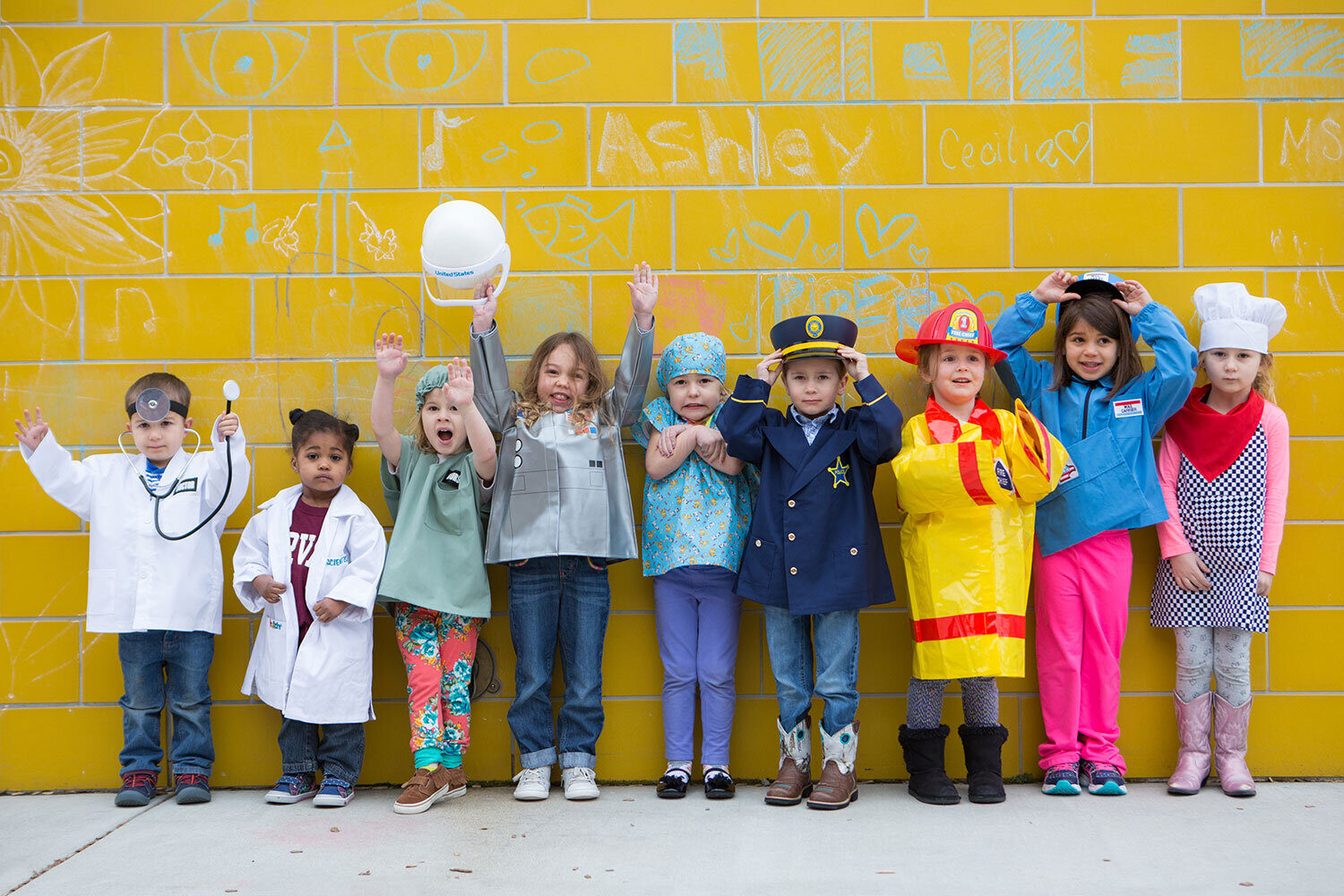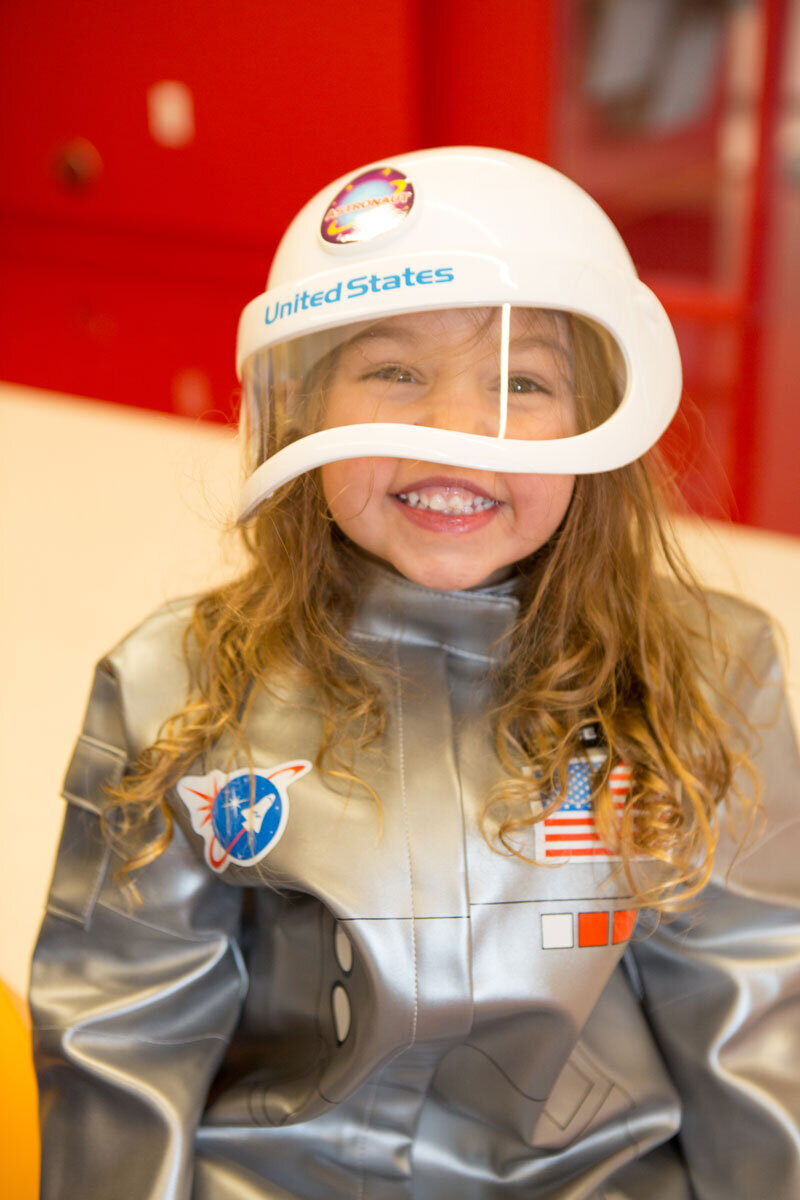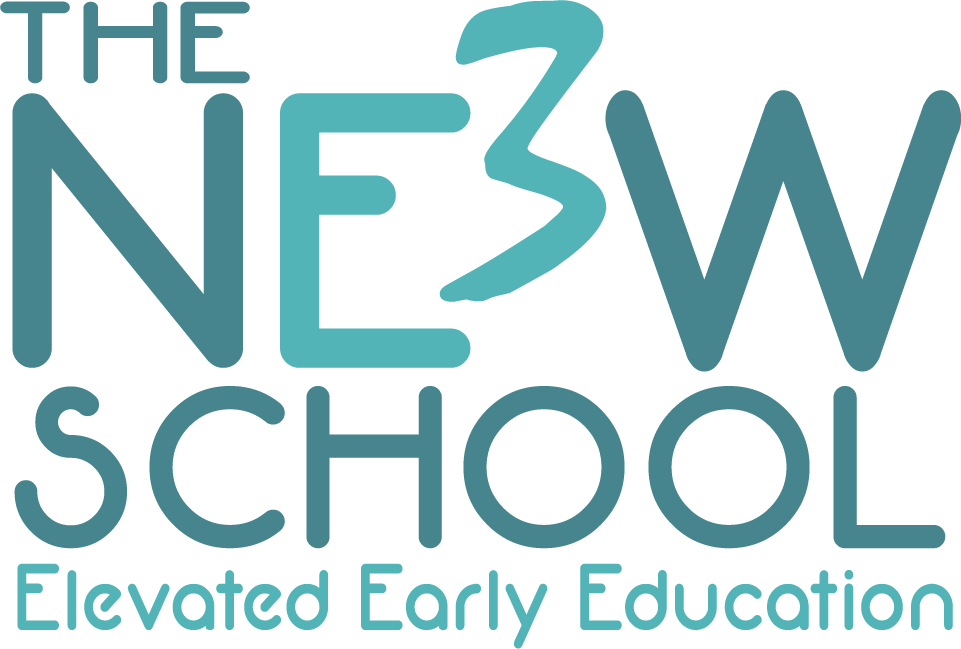
Curriculum Book Links:
Instructions- Below are the book links for the next three weeks in the curriculum. Under every book there will be a focus of what the children will get out of the book and “To do’s” for you as the adult/teacher. You may choose books from either age group as you complete the activity.
Infant & Toddler (One & Two Year Olds):
Orange Pear Apple Bear: https://www.youtube.com/watch?v=kyTpTjs-D1A
-
Focus: Sound and rhyme awareness
-
To do: Stretch, emphasize, and repeat the rhyming words
Handa’s Surprise: https://www.youtube.com/watch?v=XyIV_xYi0as
-
Focus: Building Vocabulary (fruit names, fruit characteristics)
-
To do: Ask questions- What color is that fruit?, Do you think that fruit is smooth
or spikey? What fruit is the (fill in animal) taking?
Bear Say’s Thank You!: https://www.youtube.com/watch?v=tdQOhkd5BiY
-
Focus: Building print awareness
-
To do: Help children recognize words, symbols, and signs. Label specific print
features and show children how books are read from left to right.
Preschool (Three & Four Year Olds):
How Does My Garden Grow: https://www.youtube.com/watch?v=s5OgbkRF1es
-
Focus: Building Vocabulary
-
To do: Actively build vocabulary (trowel, shoot, bloom). Provide child friendly definitions.
Rah Rah Radish: https://www.youtube.com/watch?v=2yAIZf136U8
-
Focus: Phonological awareness
-
To do: Have children demonstrate phonological awareness. Comment and ask questions about similarities and differences of sound pattern in words
Thank You Earth!: https://www.youtube.com/watch?v=wUYctnPZH94
-
Focus: Encouraging child communication
-
To do: Support 3-5 back and forth exchanges. Use increasingly complex language.
Activities to Do at Home with Your Child
Conversation Starters: Engage in conversations that prompt children to think deeply about the world around them, make predictions, reason and problem-solve. Then follow-up their answers by prompting them to explain their reasoning.
– How do you think that got there?
– What do you think is going to happen next in our day?
– How do you think we can fix this?
I-SPY
Give a clue about an object for the children to guess. Challenge children with clues that require thinking, and not just searching. For example:
-
“I-spy something that water comes from.”
-
“I-spy something that is alive”
Math related examples:
-
“I-spy something that a pattern on it”
-
“I-spy 4 rectangles”
Regulate and Move examples:
Give a clue about an object and then challenge children to run to that object. Add movements that challenge the children. (jump, crawl, hop, skip)
WHO AM I?
Give clues about a person, animal, or things. Specify whether it’s something they can see at the moment or not. Encourage the children to guess.
Examples are below but consider the topics you’ve discussed and the interests of your child.
-
“I have a long mane, I roar, and I like to eat antelope.
-
“Every night I make you delicious food. I do live at your house.”
-
“I have 4 sturdy legs and you sit on me”
Prompt children’s explanations:
“Tell me why you guessed that. Does that animal fit all of the clues? Let’s think about each clue.”
Position Words
Using just their bodies or objects (beanbag, ball, stuffed animal) encourage children to move themselves or their objects into different positions based on the position words you say.
Examples of position words/ideas:
-
Beanbag on top of your head
-
Beanbag next to your body
-
Beanbag behind your knee
-
Stand next to the bookshelf
-
Stand in front of your ball
Prompt children to identify position in space:
“I see that you moved your ball like I asked you to. Did you move it in front of you, or behind?”
Let’s Pretend
Prompt children to pretend to be an animal or experience something.
For example:
-
Fly like a bird to the carpet
-
Pretend like it is rainy and windy while in a line
-
Float like a leaf
-
Tiptoe like a ninja or like a bear is sleeping
-
Pull a heavy rock behind you
Narrate imitation and representation and label symbols:
“I see you flapping your wings just like a bird.”
“You are clenching your fists and your face. It looks like you are pulling a really heavy rock.”
Building Activity
Building With Everyday Materials Materials needed: boxes, tupperware, pots and pans, paper towel/ toilet paper rolls.
*Anything you have around your home can be used as a building material.
Big picture: It’s important to provide opportunities for children to build AND watch towers fall. Set guidelines to keep this exploration safe and minimize conflict. If knocking down towers is what they are most interested in, it’s okay…they are learning!
More challenge: Have children look for other materials from the room that they might add to make their tower taller or stronger.
More support: Narrate and model how to stack different materials. Give the children a set of stable building materials that you know will stack easily.
« How to Talk with Our Children About the CoronavirusMorning Meetings LIVE on Instagram »



